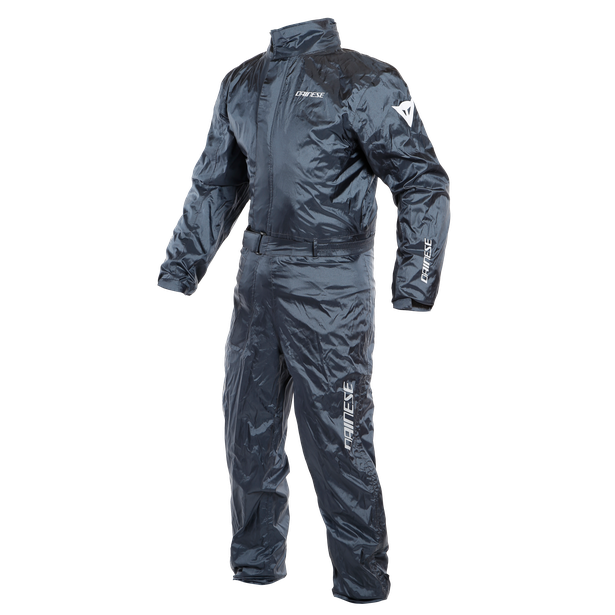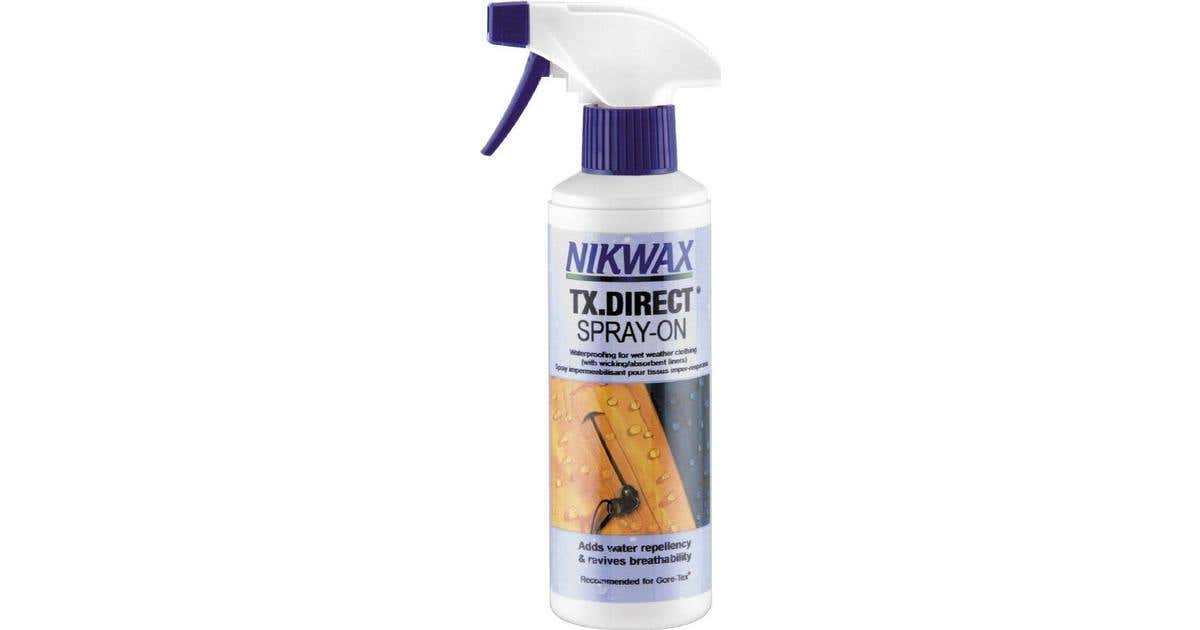It’s a tricky question to answer in the UK for a biker, do you need a jacket (or anything else) for a specific season? We’re both blessed and cursed with very variable weather that doesn’t usually get too extreme which makes buying gear a bit of a challenge.
As you can guess there is no simple answer to this, and it’ll very much come down to what gear you already have and the level of convenience you desire.
There are of course all-singing, all-dancing jackets that can be used in the desert and have liners and membranes that’ll survive a mild monsoon or trip up to the Arctic Circle, the Spidi Globetracker is a good example of such a jacket, and it’s generally only textile gear that can achieve this level of flexibility. This naturally comes at a cost, some of the best gear in this arena can push up close to £1000 although you can generally get a very solid item for around half that. That’s still a fair chunk of change however, so additional layers can be cost-effective compared to that.


What if you’ve a jacket that provides all the crash protection you could ask for, but can’t deal with the cold or wet? Well, bikers have been adapting to weather since we first got out on two wheels and there’s a huge range of gear out there to help you do just that. You’ll be surprised how far that well-armoured but uninsulated leather jacket can take you if you’re willing to persevere!
First up, every biker’s favourite subject – waterproofing. We’ve all been caught out in the rain without waterproofs before and it never gets any nicer. The key here is preparation. You’ve two main options, and they can be combined to offer the most convenience and protection. First up, the trusty old waterproof overs – these are the most effective waterproofing upgrade around, and providing you get a decent set they’ll be relatively bombproof, as well as providing solid wind protection. The Dainese Rain Suit is a great example of waterproof overs that can pack down small into a rucksack or tankbag and provide that waterproofing you’re crying out for, as well as not being a flappy mess once you’ve got it on.


Sometimes you’ll want to take a chance and go without any waterproofs, but British weather can be canny and change without warning. What to do? If you’d treated your jacket prior to going out there’s a good chance you can make it to somewhere dry before you get soaked through. Nikwax provide a range of treatments for both leather and textile gear, offering a first line of defence that might just save you from getting wet. Obviously if you’ve got mesh gear you’re out of luck, but at least that’ll dry quickly!
Moving onto keeping warm and there are myriad ways of doing so. The key here is effectively layering yourself up to keep the warmth in, let moisture out and stop any draughts. The basic system is that of a tight-fitting base layer, an insulating mid-layer and your crash protection with waterproofing on the outer layer.


Base layers can incorporate a range of tech to keep your temperature regulated, however their core purpose is wick moisture away from your skin so your body can regulate its own temperature as best as possible. A good example of a solid base layer that’ll be useful for the majority of the year is the Halvarssons Outlast merino wool. This utilises Outlast tech to keep you cool when it’s warm, and warm when it’s cold – it does this with phase-changing molecules that help maintain thermal equilibrium.
Mid-layers are more varied and will depend on what time of year you’re riding. A simple windproof layer might suffice if it’s not too cold out, but if it’s chilly then you’re going to want something that also packs in some thermal insulation. A solid mid-layer that will keep you toasty is the Dainese D1 No Wind jacket – the clue is in the name here, the Nowind fabric in the fleece helps keep draughts out while the snug-fitting fleece material keeps things toasty.


Expanding on mid-layers are the more recent phenomenon of heated gear, with Keis being one of the front runners. Their heated gilets and fleeces are unbeatable for sheer warming power versus conventional mid-layers. They do cost a bit more however, especially if you opt for battery powered gear. The Keis V501 heated vest makes an excellent addition to your gear if you need that extra bit of warmth. Their gloves are also well worth checking out.
Your crash protection is going to be down to your personal choice – are you happy with that leather jacket that took you through winter that now needs extra layers to provide weather protection, or do you want something more flexible? Some sums are required here and there’s no straight answer either way! If you’re planning on only riding a little through winter than effective layering might be the more appropriate option, whereas if you’re planning on getting out in the cold regularly and don’t want to worry about what the weather will throw at you, then maybe a dedicated, flexible textile jacket might be the best choice.
If you need some expert advice then you can either have a chat online with us via web chat on our website, or head into our shop. The Bike Stop shop in Stevenage is open in accordance with the latest Government guidelines, and we're open for 7 days a week. Our online shop is also alive and well and taking orders. You can check out our full range on our website with free delivery for any order over £50 on the UK mainland, and delivery possible to almost anywhere else. Not only that but our ‘No Quibble’ returns policy allows for returns within a 365 day period – see our returns page for more details.





